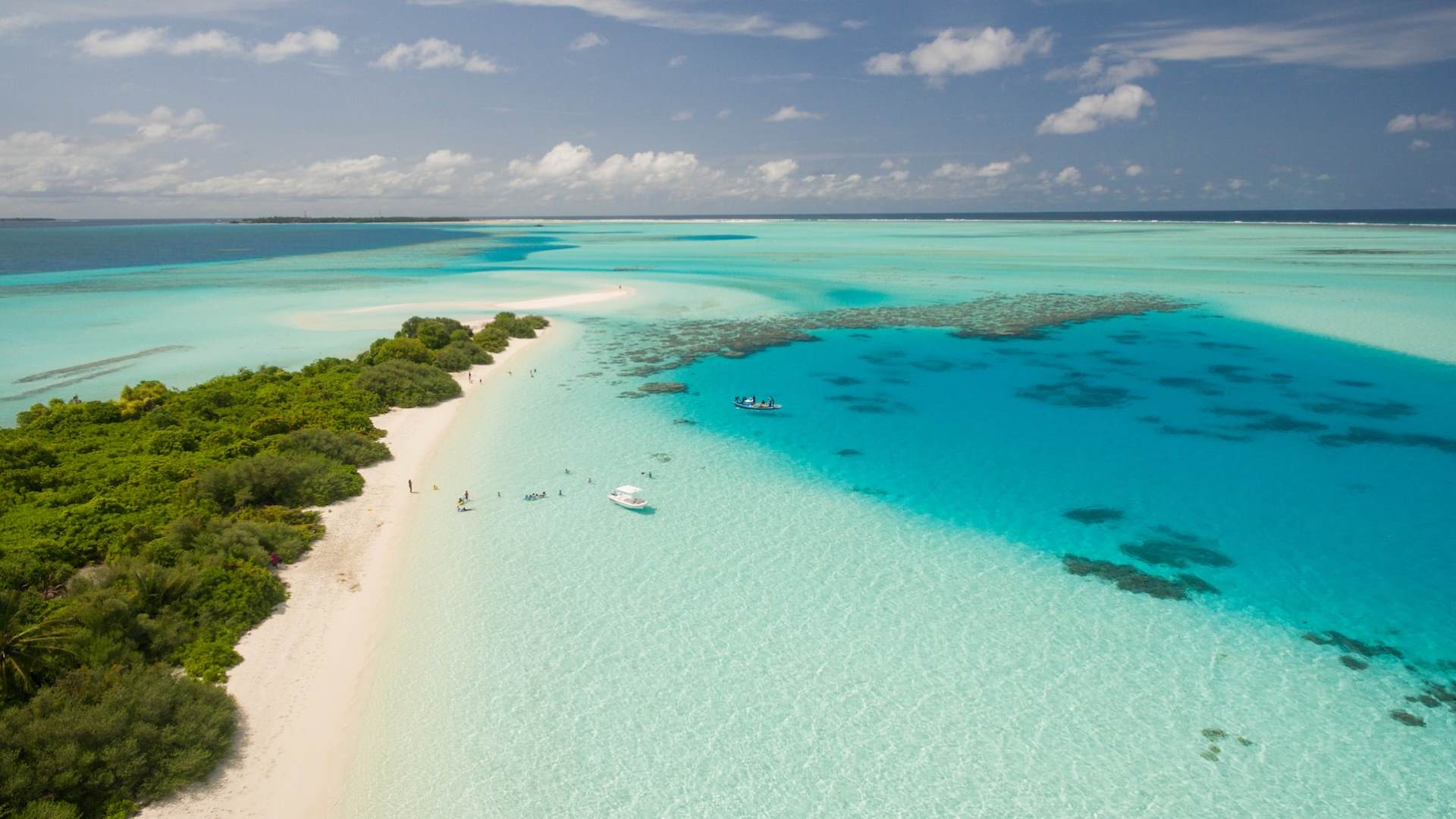With its stunning landscapes, natural wonders, and charming culture, Iceland has become a hugely popular travel destination. But this Nordic island nation has dramatic seasonal changes that impact weather, prices, crowds, and activities. This guide will help you determine the best time to visit Iceland for your needs.
When planning your Icelandic adventure, consider the pros and cons of visiting during different seasons and months. Weather varies widely across the seasons from freezing winters to mild summers. Certain experiences and attractions may only be available during specific times as well. Use this information to find your ideal travel window.
Summer (June – August)
Summertime is Iceland’s most popular season for tourism. Expect long days, warmer weather, and the most options for activities.
Pros
- Mild weather: Average summer temperatures range from 40°F to 55°F. Rain is limited as well.
- Midnight sun: Reykjavik sees up to 21 hours of daylight in June and July. Great for adventure.
- Open attractions: Most attractions, tours, and roads are open in summer.
- Whale watching and puffins: Good visibility to see whales, dolphins, and puffins.
- Festivals and events: Music and cultural festivals occur in summer.
- Hiking opportunities: Trails are snow-free for exploring Iceland’s landscapes.
Cons
- Peak crowds: July – August are the most crowded tourist months. Book accommodation and tours early.
- Peak pricing: Airfare, hotels, and tours are most expensive in summer.
- Chilly nights: Temperatures can still dip into the 30s or 40s at night. Pack layers.
Fall (September – November)
As summer crowds dissipate, fall brings beautiful nature scenes, Northern Lights, and continued mild weather.
Pros
- Fewer crowds: Tourism declines moving into September and October.
- Stunning colors: Fall foliage and landscapes are gorgeous with golden birch trees.
- Northern Lights: Aurora activity starts increasing in September.
- Lower prices: Airfare and hotels are cheaper than summer high season.
- Mild weather: September stays relatively warm with more rain by November.
Cons
- Limited daylight: Daylight hours decrease from up to 14 per day down to 8 by November.
- Volatile weather: Weather shifts between sunny days and cold storms.
- Some closures: A few seasonal attractions like glacial hikes end in fall.
Winter (December – February)
For a magical winter wonderland, visit Iceland in winter to see snow, ice caves, Northern Lights, and holiday cheer.
Pros
- Northern Lights: Long nights offer the best chance to see the auroras.
- Ice caves and glaciers: Take tours through stunning blue ice caves and walk on glaciers.
- Minimal crowds: Iceland’s off-season lacks summer tourist crowds.
- Lower costs: Accommodation and airfare hit their lowest point.
- Christmas spirit: Experience Icelandic holiday traditions and cheer.
Cons
- Cold and dark: Expect only 4-5 hours of daylight and freezing temperatures.
- Limited accessibility: Some areas become inaccessible due to winter road closures.
- No puffins or whales: These do not come to Iceland in the colder months.
- Some closures: Museums and attractions limit their hours or close.
Spring (March – May)
As winter snows melt, spring offers a rebirth of nature, baby animals, extended daylight, and moderate weather before crowds arrive.
Pros
- Increased daylight: Daylight hours rapidly increase up to 17 per day in May.
- Cute baby animals: See Icelandic sheep, horses, puffins, and seabirds with their young.
- Lower costs: Airfare and hotels still less expensive than summer.
- Moderate weather: Temperatures average 30-50°F. More rain in March.
- Fewer tourists: Visitor numbers are light before summer rush.
Cons
- Remaining snow/ice: March still has considerable wintry weather before thawing.
- Unpredictable weather: Frequent shifts between sun and stormy weather.
- Limited services: Some seasonal tours and attractions may not open until May.
Conclusion
While there’s no truly bad time to visit Iceland, your experience will vary dramatically by season. For the best chance to see the Northern Lights with smaller crowds, target September through March. To maximize daylight, mild weather, and activities, aim for peak season in June through August.
No matter when you visit, Iceland will amaze you with its volcanic landscape, charming towns, and naturally occurring hot springs, waterfalls and geysers. Just be sure to pack appropriate clothing and plan activities for the time of year. With the right preparation, you’re sure to have an Icelandic adventure to remember.



